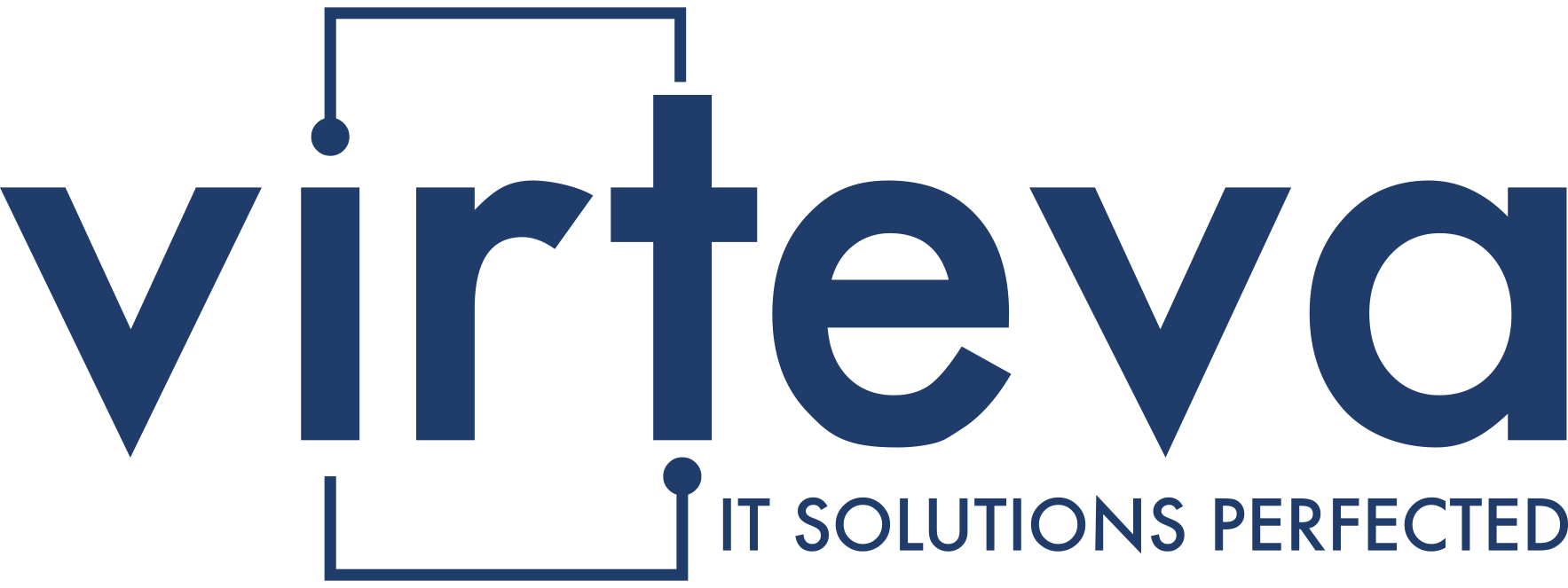The IT world is full of technical terms making it almost impossible to understand how and why they differ. We see this prominently displayed in the perceived definitions of the help desk and the service desk.
What are some of the questions that a client asks us about both?
- Are they the same?
- Can they be used interchangeably?
- Does knowing the difference even matter?
- What’s right for my business?
In this article, we’ll learn about each of the terms and walk you through the differences.
But before moving on to the heart of the matter, let’s learn a little about IT service management (ITSM).
ITSM
ITSM encompasses everything between a service provider and end-users, including help desk and service desk capabilities. While the focus and scope of ITSM are much more extensive – help desks and service desks – they are limited support management systems.
Although both are closely defined, you can’t use them interchangeably. Because by doing that, you might be under or over-estimating the capabilities of these two unique systems. You must choose the right one to get the best output from your team.
As we break down these two – you’ll find they’re better suited for different scenarios.
Starting with the help desk.
Help Desk
Simply put, a help desk is a tactical solution for everyday IT issues. Here, skilled technicians are dedicated to providing reactive support for software applications, devices, and hardware endpoints.
The term reactive support encompasses fixing the day-to-day issues, such as
- Changing your password
- Configuring the printer
- Administering emails, etc.
The help desk handles these immediate needs and serves as the technical management division’s Single Point of Contact (SPOC).
When end-users have trouble with something IT-related, they usually contact a help desk. Then, at the help desk, a ticket is generated and routed to an on-site or remote help desk. Then it’s assigned to a technician who is a convenient point of contact to provide technical support and answer IT questions.
Finally, at the help desk, a ticket is generated and routed to an on-site or remote help desk.
The help desks usually solve electronic or tech problems on three levels. And each level handles increasingly complex issues like the levels listed below:
- Level 1 provides fast touch resolutions typically completed within 10 to 15 minutes
- Level 2 involves minimal root cause analysis and troubleshooting
- Level 3 deals with the complex issues that need rigorous troubleshooting, and engineering support
The help desks usually make life easier for most internal users through these different support levels. Although sometimes they deal with external users too, if necessary. A help desk can be used without a service desk software. But often, the help desk is integrated with a service desk, ensuring the best value and support.
Service Desk
The goal of the service desk is to proactively improve IT services for the entire organization at the strategic level.
As previously mentioned, many service desks have a help desk component. But the overall objective of the service desk is to take a data-driven approach to improve business processes and enable continual service management.
If we run down the bookish definition, the service desk serves as a platform for customers to request assistance from their service provider.
Support may range from resolving a common incident to responding to a customer request. Besides these, the service desks deal with other ITSM processes such as
- Knowledge management
- Change management
- Self-service
- Reporting
The service desks also establish criteria to monitor the efficiency and performance of teams. Managing cross-functional IT support and tracking IT requests is an enormous task.
So, an essential requirement for the service desk is the use of an ITSM tool. Most ITSM tools are cloud-based platforms that follow Information Technology Infrastructure Library (ITIL) practices to help organizations improve workflow efficiency. It’s okay if you’ve lost track of all these technical terms.
We’ll review the key differences between help desks and service desks to make it easier.
Help Desk vs. Service Desk
| Help Desk | Service Desk |
| The scope of a help desk is much narrower than that of a service desk | A service desk is the next-level version of a help desk |
| The primary objective of a help desk is to support the internal users or IT team members | The service desk focuses on end-users, i.e., customer |
| The help desk works as a Fast-In-Fast-Out mechanism for troubleshooting trivial tech complications | The service desk deals with service requests (asking for an upgraded graphics card), self-service blogs (how to restart the router on your own), and lastly, communicating with the end-users through calls, text messages, email, etc. |
| Help desks were introduced as an accessory to the already existing IT operations | Service desks are a core component of the service lifecycle – an ecosystem focused on providing information technology primarily as a service |
| Traditionally, help desks have a narrow focus | Service desks manage all the IT functions of an organization while keeping the business efficiency on the track |
In simpler words, service desks bring more on the plate than help desks. Covering both the needs of external and internal users. However, these definitions aren’t rigid.
Companies refer to their support center however they want. A certain company’s help desk can be called a service desk in another, despite having the same functions. It depends on how you’re looking at it.
In this competitive age, a business must understand which support system it’ll use. To get optimum results, companies should analyze their IT support needs and craft their support system to suit the business environment.
Help Desk Or Service Desk – Which One Is Right For You?
When choosing the support system for your business, remember:
- Don’t get carried away with the fancy and advanced management system tools. Often the advanced outputs overwhelm the users and complicate the situation more than necessary
- A help desk is usually enough to satisfy small businesses’ tactical demands and fix the issues needing immediate attention. First, prioritize your most essential needs. It’ll help you develop an effective help desk system that facilitates business growth.
Then, you’ll have enough money to invest in other areas of your business, with an eye toward future expansion.
- If a company is heavily dependent on its IT operations and infrastructure, it’s essential to have a comprehensive support system like a service desk. The service desks are incorporated with other ITSM procedures, enabling the control of overall business operations
- ITIL and ITSM offer you the basic knowledge to customize your support system according to your business. In the end, the only criteria should be – is the system fulfilling your every little need?
Closing Thoughts
If you need help with your Service Desk selection – Virteva helps our customers serve their internal and external end-users through our comprehensive services platform.
We offer more than just IT help through our 24/7 Service Desk.
Our analysts are knowledgeable about technology and customer service. ServiceNow is our tool of choice to drive continuous improvement, help our customers reduce costs over time, make a tangible business impact, and provide value to their end-users – all available 24/7, 365 days of the year.




